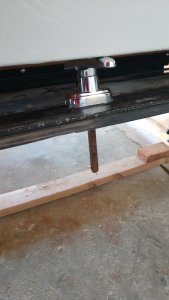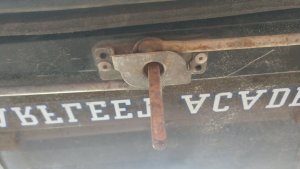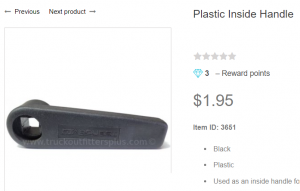I have been working on the shell. Mostly adding stiffeners to the fold up side walls. I'm going to be putting the shell back on the truck to work out a couple details of operation/fit as well as fitting the gasket to the front window.
I will be getting some boards to mount on the ceiling per @pete 's suggestion. The hooks will be angled to allow them to carry their load without deflection and weakening them. I'll also upgrade the attachments to the actual shell by using repair straps as 'chainplates' that will be held in place with hex head bolts. I plan to span 4 joists and use 2 lag screws per joist.
I have a problem with the rear window. The gas struts in place now are 14" but I've restricted the range the window will travel to open so they don't reach their full extension and thus don't keep the window open. I'm considering using similar rated ones (24 lbs) but shorter by an inch or two. The places I've contacted haven't given me definitive answers whether that will work and the formulas I've found are for determining pressure ratings, not lengths. Lengths/dimensions are the given factors used to calculate pressure; I can't find details on changing the dimensions.
I will be getting some boards to mount on the ceiling per @pete 's suggestion. The hooks will be angled to allow them to carry their load without deflection and weakening them. I'll also upgrade the attachments to the actual shell by using repair straps as 'chainplates' that will be held in place with hex head bolts. I plan to span 4 joists and use 2 lag screws per joist.
I have a problem with the rear window. The gas struts in place now are 14" but I've restricted the range the window will travel to open so they don't reach their full extension and thus don't keep the window open. I'm considering using similar rated ones (24 lbs) but shorter by an inch or two. The places I've contacted haven't given me definitive answers whether that will work and the formulas I've found are for determining pressure ratings, not lengths. Lengths/dimensions are the given factors used to calculate pressure; I can't find details on changing the dimensions.
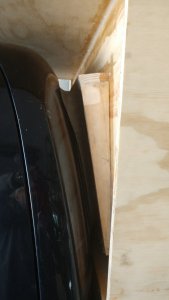
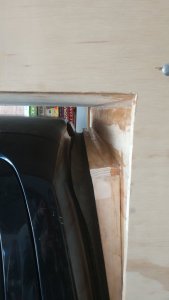
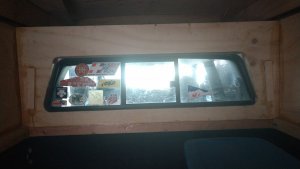
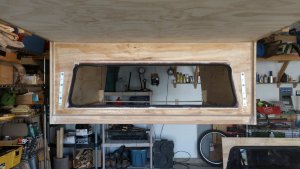
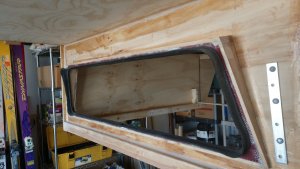


 , never ever doing that again. Who says you need an engineering degree to understand these concepts (and shamefully I have one).
, never ever doing that again. Who says you need an engineering degree to understand these concepts (and shamefully I have one).
